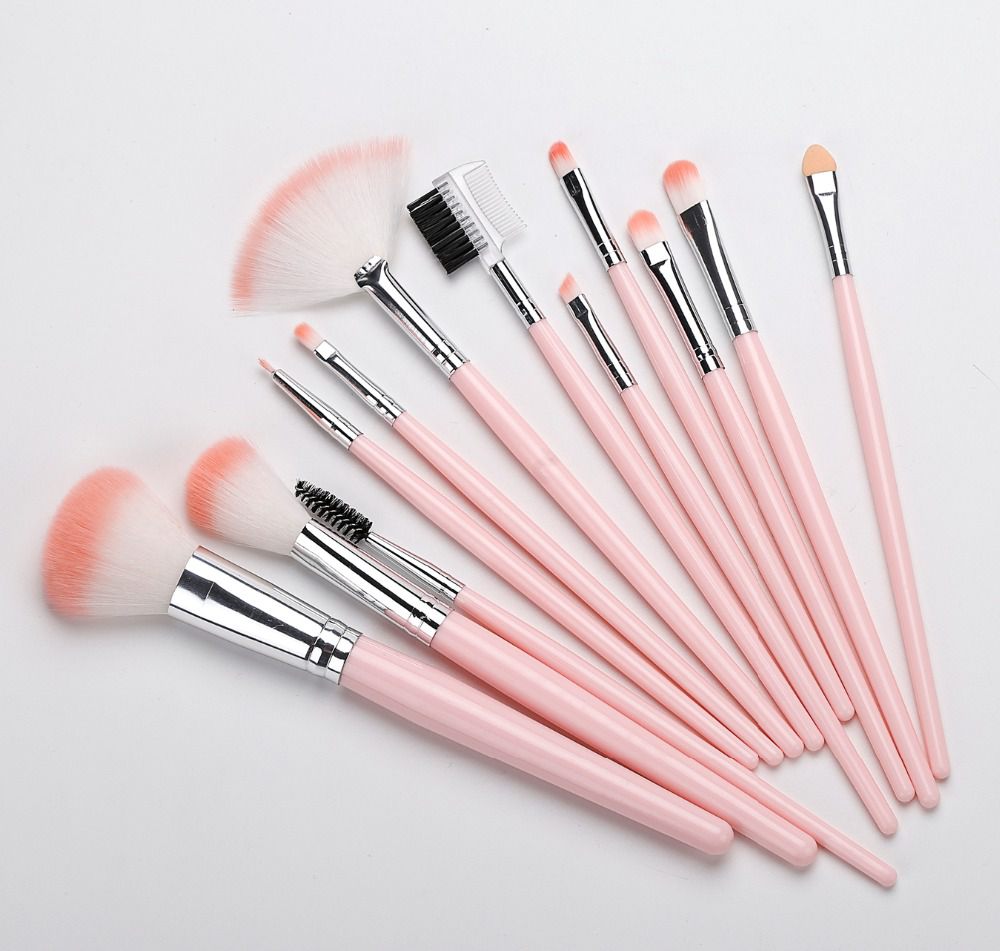Industry news
Recycling Challenges in Synthetic Bristles: Innovations in Post-Consumer Waste Reprocessing
- 658 Views
- 2025-09-01 01:32:04
Recycling Challenges in Synthetic Bristles: Innovations in Post-Consumer Waste Reprocessing
Synthetic bristles, the workhorse of cosmetic brushes, toothbrushes, and industrial tools, have revolutionized daily life with their durability and affordability. Yet, their widespread use comes with a hidden cost: mounting post-consumer waste. Made primarily from non-biodegradable polymers like nylon (PA6, PA66) and polypropylene (PP), these bristles linger in landfills for centuries, while global production of cosmetic brushes alone generates millions of tons of waste annually. As sustainability becomes a business imperative, recycling synthetic bristles has emerged as a critical yet underaddressed challenge. This explores the bottlenecks in synthetic bristle recycling and the innovative technologies reshaping post-consumer waste reprocessing.
The Core Challenges of Synthetic Bristle Recycling
The path from discarded brush to recycled material is fraught with complexities, starting at the collection stage. Unlike homogeneous plastic waste streams (e.g., PET bottles), synthetic bristles are rarely standalone. They are typically bonded to heterogeneous components—plastic handles, metal ferrules, or wooden shafts—making mechanical separation labor-intensive and costly. Manual sorting, the current norm for mixed waste, is inefficient, with error rates exceeding 20% for small, flexible bristle fragments, according to a 2023 report by the Circular Plastics Alliance.

Contamination adds another layer of difficulty. Post-consumer bristles are often coated in cosmetic residues (oils, pigments, silicones), bacteria, or industrial chemicals, which degrade the purity of recycled material. Traditional cleaning methods, such as solvent washing, risk leaching toxins into water systems, while high-temperature treatments can further weaken polymer chains. A study by the University of Plymouth found that even trace cosmetic residues reduce the tensile strength of recycled nylon by up to 15%, limiting its reuse in high-performance applications like premium cosmetic brushes.
Material degradation during recycling compounds these issues. Thermoplastic polymers like nylon rely on long molecular chains for strength; each heating and reprocessing cycle breaks these chains, reducing durability. Recycled PP bristles, for instance, often lose 30% of their original flexibility after three recycling loops, relegating them to low-value uses (e.g., packaging填充物) rather than new brushes. This “downcycling” diminishes economic incentives, as recycled bristle costs can exceed virgin materials by 10–15% without policy support.
Innovations Driving Progress in Post-Consumer Reprocessing
Against these challenges, breakthrough technologies and collaborative models are emerging to unlock circularity. AI-powered sorting systems now address the separation hurdle: Equipped with near-infrared (NIR) sensors and machine learning algorithms, these systems can distinguish between nylon, PP, and even blended bristles with 92% accuracy, as demonstrated by Dutch recycling tech firm Recycleye. Paired with robotic arms, they automate sorting at speeds of 500+ items per minute, slashing labor costs by 40% compared to manual methods.
For contamination, green cleaning technologies are gaining traction. Supercritical CO₂ extraction, a process using pressurized carbon dioxide to dissolve residues, eliminates the need for harsh solvents. Trials by sustainable美妆 startup EcoBrush showed this method removed 98% of cosmetic oils from nylon bristles while preserving polymer integrity, resulting in recycled material that meets 95% of the mechanical standards for new bristle production. This not only reduces environmental harm but also enhances the marketability of recycled inputs.
To combat material degradation, chemical upcycling is emerging as a game-changer. Companies like Loop Industries use depolymerization to break down nylon bristles into their base monomers (e.g., caprolactam), which are then repolymerized into high-purity nylon 6—functionally identical to virgin material. This “molecular reset” allows recycled bristles to be used in premium products, closing the loop. Similarly, additive manufacturers like Avantium have developed chain extenders that repair broken polymer bonds during extrusion, restoring 85% of the original tensile strength to recycled PP bristles.
Beyond technology, circular business models are critical. Brands like Fenty Beauty and Glossier have launched take-back programs, incentivizing consumers to return old brushes with discounts on new purchases. These programs, in partnership with recyclers like TerraCycle, ensure a steady stream of clean, sorted bristle waste, reducing reliance on unpredictable municipal recycling streams. Such collaborations are already scaling: In 2024, the global cosmetic brush take-back market grew by 35%, according to Grand View Research, signaling growing industry commitment.
The Road Ahead: Toward Sustainable Synthetic Bristles
While innovations are promising, scaling requires alignment across stakeholders. Standardization—such as universal











